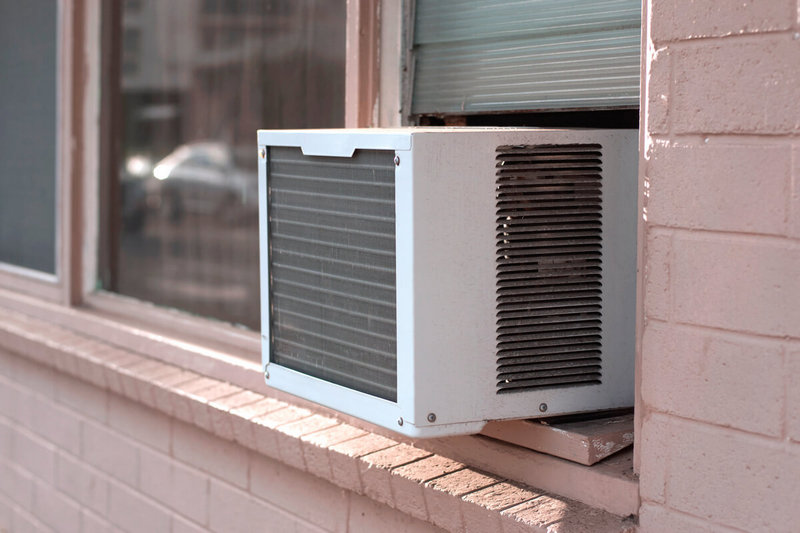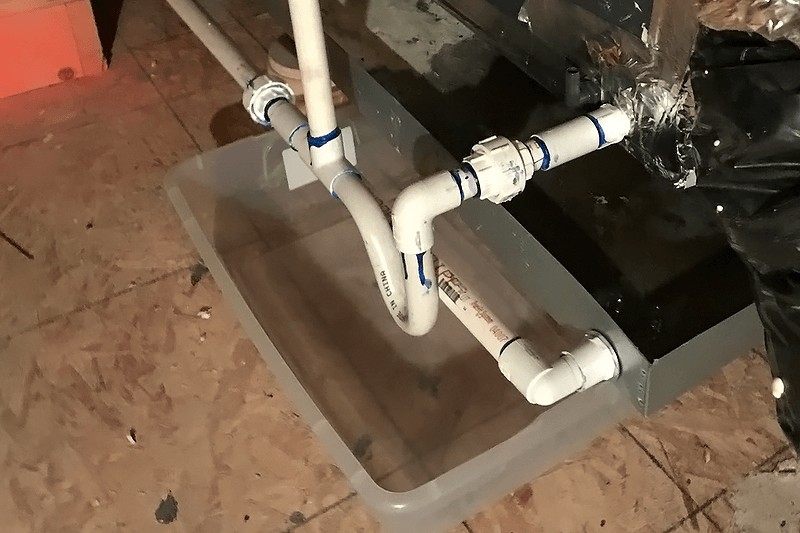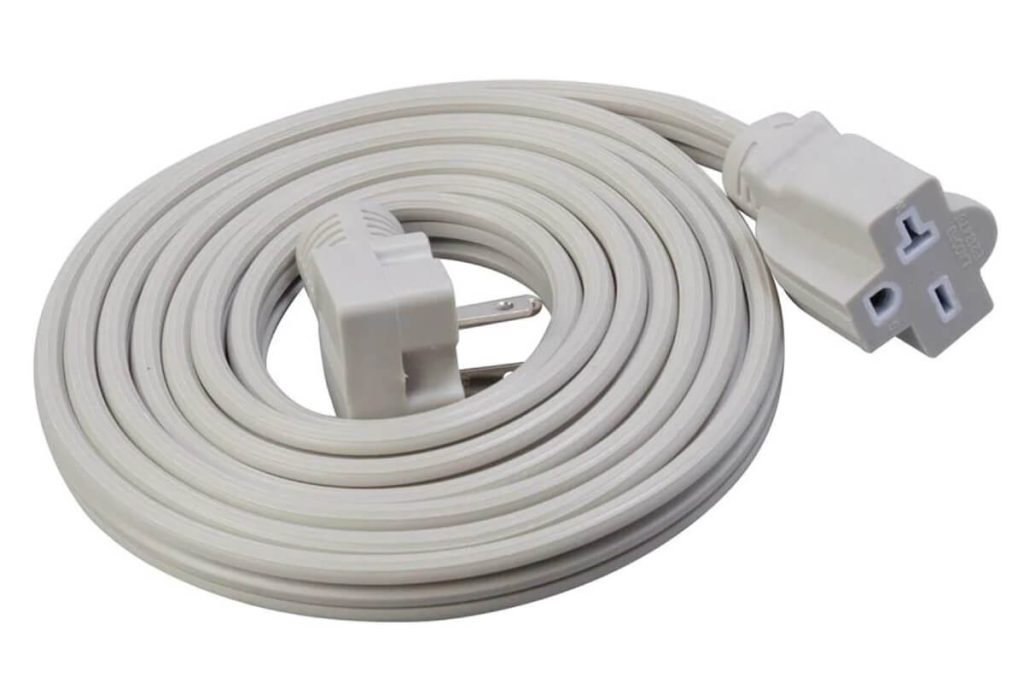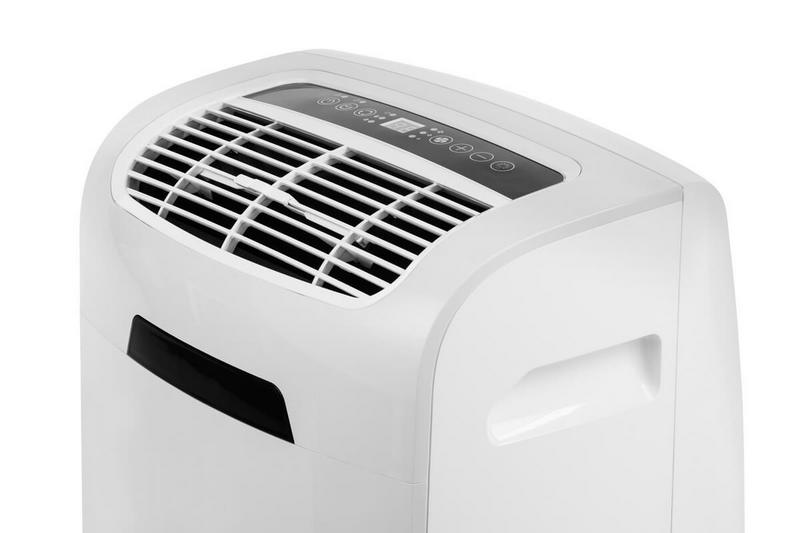Air quality is one of the top concerns that make people doubt their outside environment. If you own a window air conditioner, you may have wondered: “Do window AC units pull fresh air from outside?”
That’s a valid question since these ACs go through the wall and open outside your home. Fortunately, the answer is no; window air conditioners do not pull fresh air from the outside. Instead, these air conditioners only recirculate the air already inside your home.
A window AC cools and filters the air in your home. The only reason these air conditioner units open to the outside is to dump your home’s heat to the outside. This means your window AC doesn’t exchange air from the outside; it only exchanges heat.
Do Window AC Units Provide Fresh Air?
No, window ACs do not provide fresh air to your home as they do not bring in outside air. Since window AC vents have air filters, they filter the air within your home and provide recirculated air. So, you don’t need to worry about your window AC bringing in the polluted air from outside.
But, it’s worth noting that some window ACs have a vent lever, allowing you to adjust how much fresh air you want into your home. The main purpose of window ACs is to provide cool air, but they also provide air filtration. Therefore, it’s important to understand the difference between fresh air and filtered air.
Fresh Air vs. Filtered Air
Now, you may be wondering, “Isn’t fresh air and filtered air the same thing?” Well, there’s a difference. Fresh air comes from outside your home, and filtered air is passed through an air filter to remove polluted particles.
Since most window ACs have air filters, they filter and recirculate the air inside your home and remove any polluted particles. However, this process doesn’t include the filtration of gaseous compounds.
That includes carbon dioxide and carbon monoxide. In addition, these air filters are also unable to remove smoke particles from the air since they are too microscopic. In this case, you may utilize the window AC vent to let some fresh air in.
In a rare case, you may come across a window AC that does provide fresh air to your home. A distinct vent lever will indicate whether the window AC allows fresh air into your home or not.
What Is the Window AC Vent Lever Used for?
As we mentioned, you use the window AC vent when you want to let fresh air in. But why would you want to let the outside air flow into your home? Well, the first reason could be that your home has become stuffy due to stale air, so you want to take in outside air.
It’s also possible that the air inside your home is smoky or dirty due to the fireplace or cigarettes. In this case, it’s best to let some fresh air replace it. Another reason could be that the air outside your home may be cooler than the air inside, so you want to cool down your home with fresh air.
Most commonly, people prefer to utilize their window AC vents when stale air makes their home feel stuffy and humid. However, this air produces an unpleasant smell that can be hard to live with over time.
However, it’s not always the stale air causing this smell; your window AC might be the real culprit behind it. In this case, it’s best to clean out your window AC thoroughly or hire a professional to do it for you.
If the air inside your home is hot or humid, spring and fall are the best times to open the window AC vent lever and let some fresh air in. Then, you may only utilize the Fan Mode on your AC and enjoy free cooling from the outside.
However, in the case of a wildfire in your surrounding areas, it’s best to keep the vent lever closed. Once wildfire smoke enters your home, it can be impossible to filter out. Then, your window AC will keep recirculating polluted air within your home.
Do Window ACs Circulate Air?
Yes, all window ACs circulate air within your home, and the process is simple. First, the window AC utilizes its fan to draw in air from within the room. Then, it passes the air through the air filter and removes any dust or dirt particles.
Then, it passes the air through the evaporator coil, also known as the cooling coil, and cools the air. Finally, the cooled and filtered air is sent back to the room via the air register in front of the window AC.
As long as your window AC is running, this process repeats continuously. However, if you turn on the Fan Mode, as mentioned above, the cooling part of this process is eliminated. Then, the AC only filters the air before recirculating it within the room.
Fan Mode on a Window AC
The Fan Mode on your window AC, also known as the Fan-Only Mode, allows you to run the AC fan without any cooling. It’s much like using any other fan, except that it also filters the air within your home. As we mentioned, this mode is ideal to use in the spring or fall, when the air outside is cool enough to ventilate your home.
You may think using the Fan Mode may defeat the entire purpose of the window AC, but there are some instances in which this feature is quite useful. For example, one of the main reasons you can use the Fan Mode is when you want to only filter the air within your home.
In winters, you don’t need the air to get any colder, but you need it to be clean. In this case, the air filter in your window AC will capture most of the dust, hair, and dirt. However, you’ll need a robust air purifier if you need smaller particles filtered, such as smoke and pet dander.
Lastly, you can use the Fan Mode when the weather is warm enough to need some circulation but not hot enough to warrant the AC running.
Conclusion
In simpler words, window air conditioners do not pull fresh air from the outside. But, they filter, cool, and recirculate the air within your home. In addition, some of these ACs offer a vent lever option that lets fresh air in when necessary.







